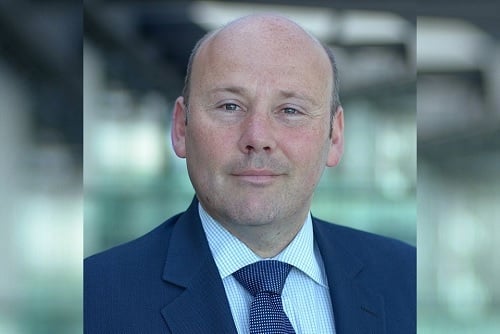

If you think of motor insurance like the Formula 1 World Championships, 2018 would be laps ahead of the competition right now.
In 2018, the UK motor insurance market enjoyed a massive year, its best since 1985 in fact, when EY first started recording figures on the industry.
Tony Sault (pictured), UK general insurance market lead at EY, said that everyone in the industry would be very pleased with the results given there was a Net Combined Ratio (NCR) of 94.8% for the year.
“It’s only the third time it’s had two years of profit, year after year, but it’s the highest we’ve seen for 33 years. So, it’s a record year,” Sault said.
The NCR of 94.8% was a 2% improvement from 2017 and was only the third time since 1985 that the industry had enjoyed two consecutive years of profit.
When it comes to why the industry has had such a few stellar years, there are multiple reasons.
“There’s a few things at play here because obviously there’s a few components that make up the operating ratio,” Sault explained.
The executive director said that one of the major factors was rate increases from a couple of years ago only just making an impact in 2018.
“The rate increases that some of the insurers put through in 2017 are starting to flow through into 2018 numbers,” he explained.
“When you take out your insurance it’s a 12-month policy, so the price you were charged in June 2017, half of that premium increase flows through into 2018 because it’s a rolling contract. So, price increases have fed through into 2018. That’s the first thing.”
“The second thing is around is the Ogden discount rate and reserve releases,” he said. “So, when the government announced that they were just going to review the Ogden rate the insurers were concerned that the discount rate that was going to be applied could be quite detrimental to the costs of their long-term claims.”
These claims, like bodily impact, have a large impact on insurer’s businesses and therefore can cause big shifts in the way an insurer prices a premium.
“In anticipation of that, insurers started to increase their reserves and premiums accordingly to counteract that,” Sault explained. “That happened a couple of years ago as well.”
The government ultimately did not apply a rate as high as insurers expected.
“Therefore, the insurers breathed a bit of a sigh of relief and said it’s not going to be as bad a discount rate as we thought, and therefore we don’t need to price that in,” Sault said.
However, despite the incredible year that was 2018, 2019 and 2020 look to face drops, due in part to the upcoming changes to the Civil Liability Act.
“I hate to be the harbinger of doom,” Sault said. “But while the industry can pat itself on the back for some respects, collectively, we think it’s going to drop.”
A key reason for the drop, according to Sault, is that it is getting harder in general to make money from motor insurance because of the cost of car repairs.
“The cost of fixing cars is continuing to outstrip inflation,” Sault said. “That is down to the cost of the vehicle technology now. In the old days if you hit something you might just be able to take the panel off or the bumper and get a guy with a hammer to knock it back out again and respray it.
“But now with all the sensors that are attached to the cars and even windscreens which are all calibrated, it’s not just a piece of glass anymore. They cost more money to repair and put back in place.”
